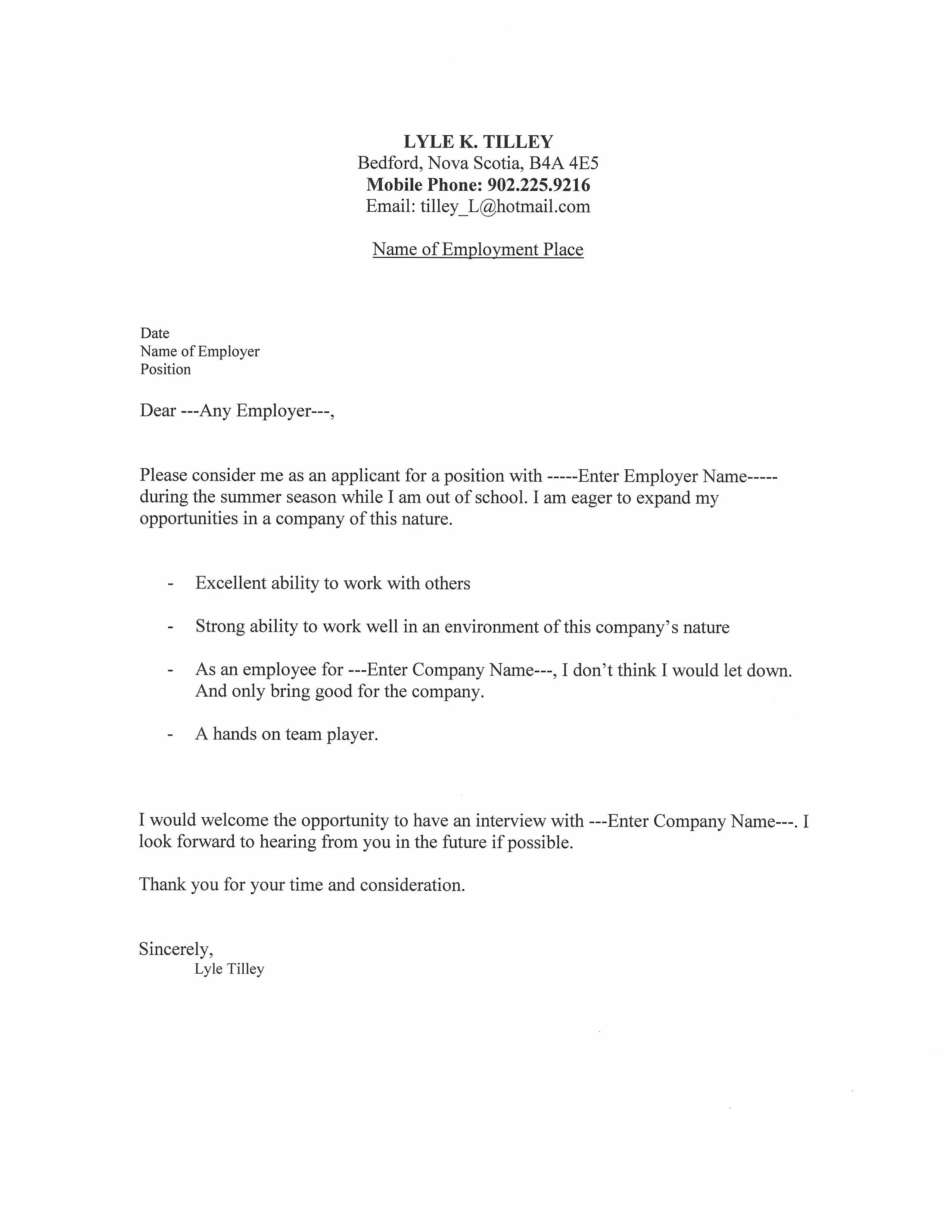What is a Resume and Cover Letter
A resume and cover letter are essential documents in the job application process. They serve as your initial introduction to potential employers, showcasing your skills, experience, and qualifications. Your resume provides a concise summary of your professional history, while your cover letter allows you to elaborate on your qualifications and express your interest in a specific role. Together, they create a comprehensive picture of your candidacy, helping you stand out from the competition and secure an interview. A well-crafted resume and cover letter are crucial for making a positive first impression and increasing your chances of getting hired.
Why Are Resume and Cover Letter Important
The importance of a resume and cover letter in today’s job market cannot be overstated. They are your first opportunity to make a lasting impression on a potential employer. A strong resume highlights your key skills and experiences, immediately demonstrating your suitability for the role. Your cover letter allows you to personalize your application, showing your enthusiasm for the position and explaining why you’re a great fit for the company’s culture and values. Employers often use these documents to quickly screen candidates, so a well-written and tailored resume and cover letter can significantly increase your chances of landing an interview and ultimately securing the job. They are also crucial in effectively communicating your value proposition and distinguishing you from other applicants.
Crafting a Winning Resume
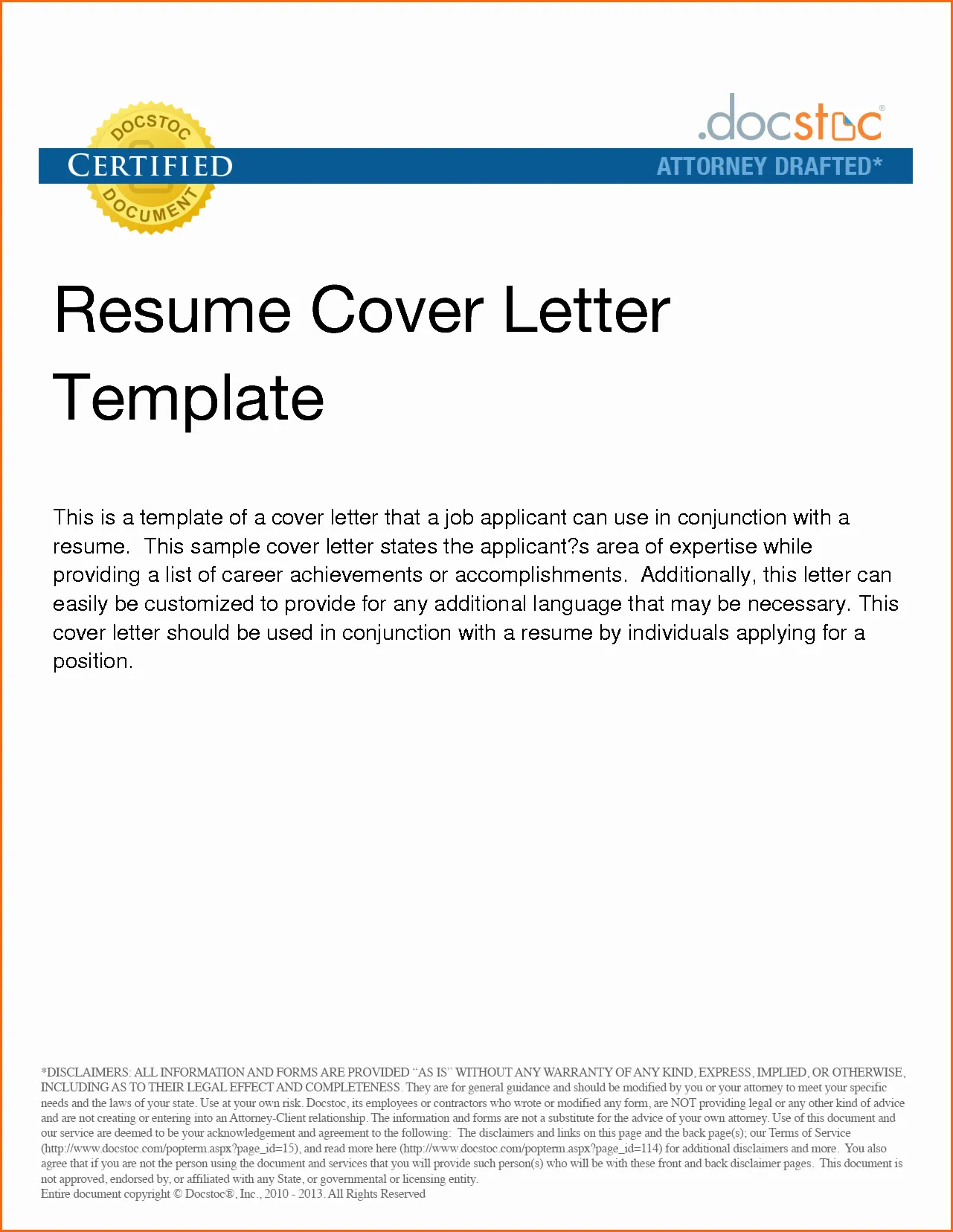
Creating a winning resume is a critical step in the job search process. It’s more than just a list of your past jobs; it’s a marketing tool designed to highlight your most relevant skills and experiences in a way that captures the attention of hiring managers. The goal is to create a document that is easy to read, visually appealing, and tailored to each specific job application. Start by identifying the key skills and qualifications that the employer is seeking. Then, craft your resume to demonstrate how your experience aligns with those requirements, using action verbs and quantifiable achievements to show, rather than just tell, what you’ve accomplished.
Contact Information
Begin your resume with your contact information, including your name, phone number, email address, and optionally, your LinkedIn profile URL or professional website. Ensure your contact information is accurate and professional. Use a professional-sounding email address, and make sure your voicemail is set up to accept messages. Keeping your contact information easily accessible and up-to-date is essential for employers to reach you promptly. Avoid using an unprofessional email address, as this can make a negative impression. Double-check all details to prevent any errors that could lead to missed opportunities.
Summary or Objective
Consider including a summary or objective statement at the beginning of your resume. A summary is a brief overview of your experience and skills, typically used by experienced professionals. An objective statement, often used by entry-level candidates, outlines your career goals. Tailor these statements to the specific job you’re applying for, highlighting the most relevant aspects of your background. Keep your summary or objective concise, impactful, and focused on what you can offer the employer. This section should grab the reader’s attention and encourage them to continue reading. Make sure that the summary and objective statements match the job’s requirement.
Work Experience
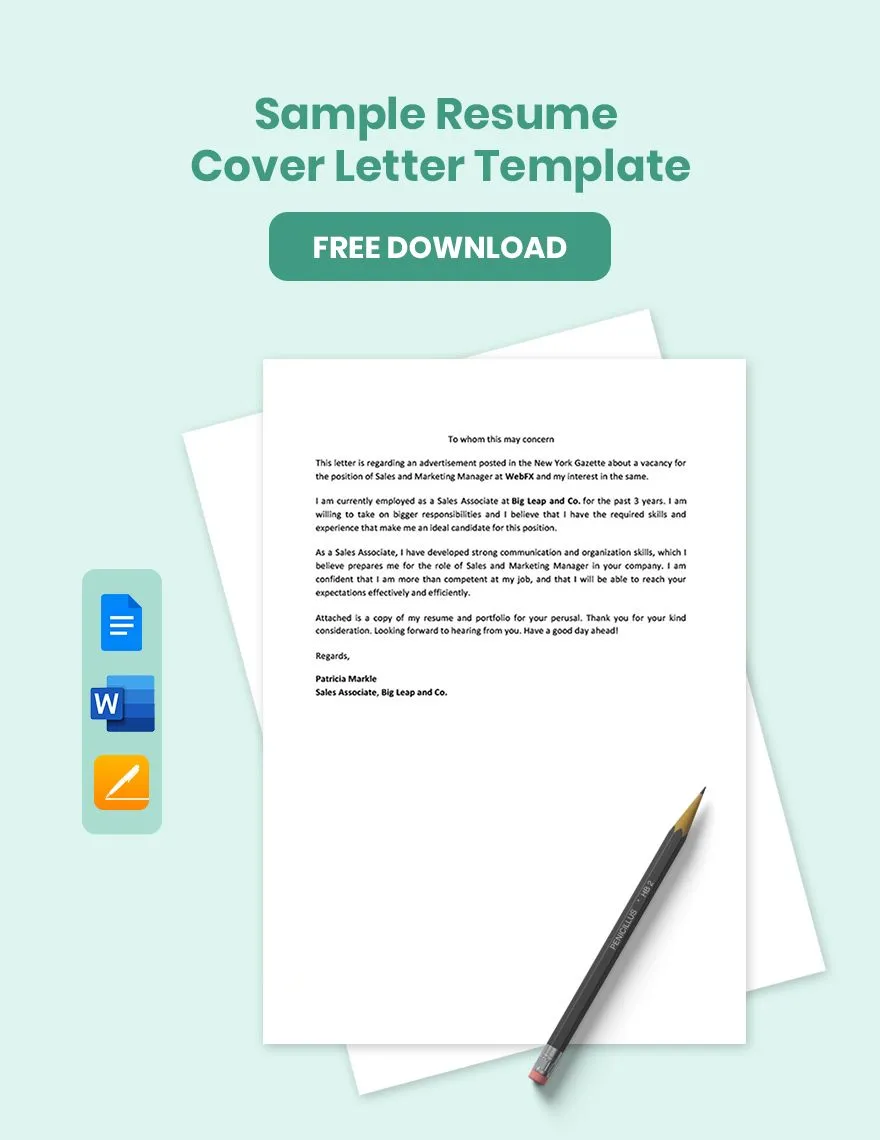
The work experience section is the heart of your resume. List your previous jobs in reverse chronological order, starting with your most recent position. For each role, include the company name, your job title, the dates of employment, and a brief description of your responsibilities and accomplishments. Use action verbs to describe your duties and quantify your achievements whenever possible. Focus on what you accomplished in each role, providing specific examples of how you contributed to the company’s success. Tailor this section to the job description, emphasizing the skills and experiences that are most relevant to the position you’re applying for, and make sure to be honest about your experience.
Education
Include your education history, listing your degrees, the names of the institutions you attended, and the dates of attendance or graduation. If you have a degree, include your major and any relevant minors or specializations. If you’re a recent graduate or have limited work experience, you might place the education section before the work experience section. You can also include any relevant coursework, honors, or academic achievements. Always ensure that the details provided are accurate and align with your academic records. Remember, your education can be a valuable asset, particularly when you’re first starting out in your career.
Skills Section
Create a dedicated skills section to highlight your key abilities. This can be divided into hard skills and soft skills. Hard skills are technical abilities that can be taught and measured, while soft skills are interpersonal and communication skills. Review the job description and include the skills that the employer is seeking. Be honest about your skill level, and consider providing specific examples of how you’ve used those skills in previous roles. This section allows you to present your skills in a clear and organized manner, making it easy for employers to quickly assess your suitability for the position, and can increase your chances of being shortlisted for interviews.
Formatting and Design
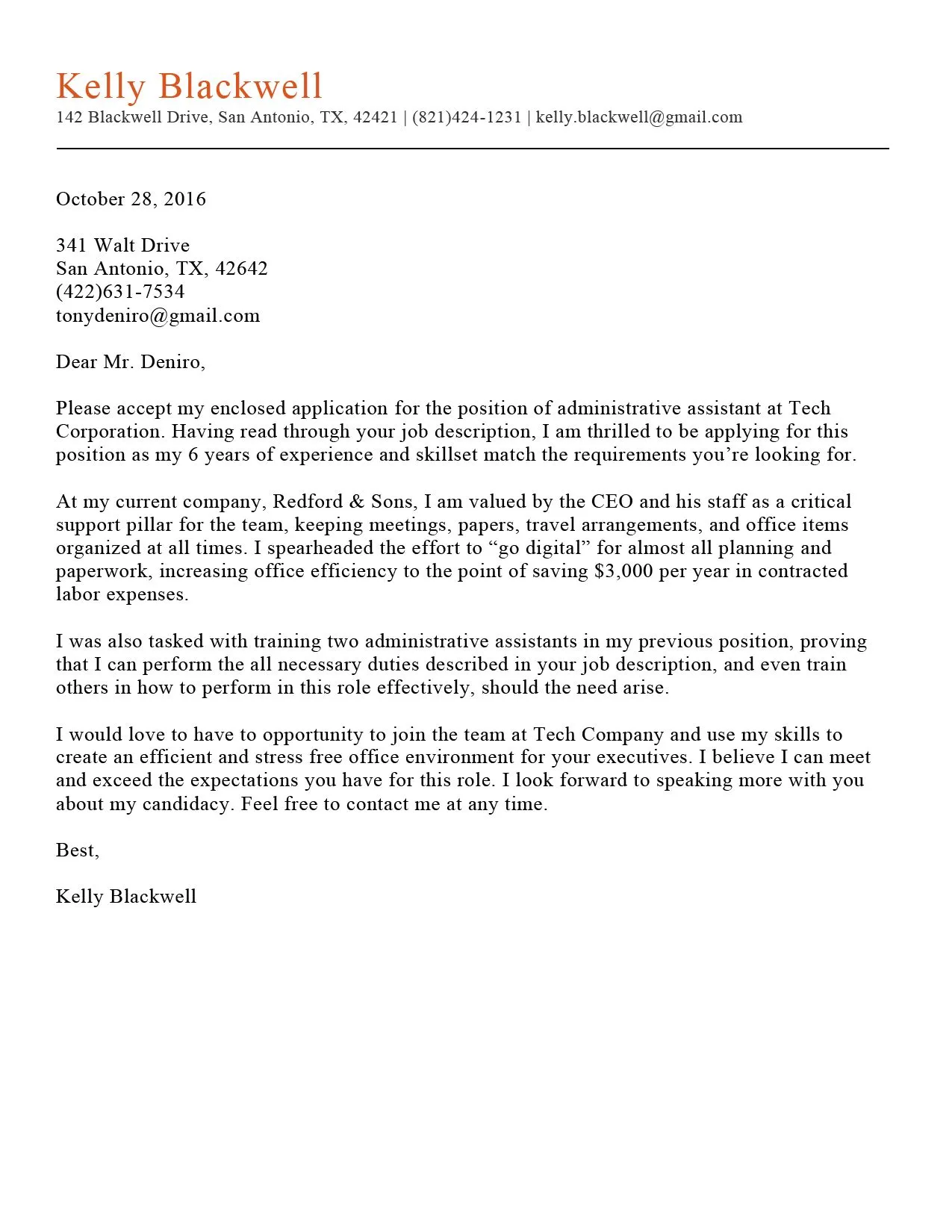
Choose a clean and professional format for your resume. Use a readable font, such as Arial, Calibri, or Times New Roman, and keep the font size consistent. Use clear headings and bullet points to break up the text and make it easy to scan. Avoid using excessive colors, graphics, or unusual layouts unless you’re applying for a creative role. Ensure there is enough white space to prevent the resume from looking cluttered. Make sure the document is well-organized and easy to read. Always proofread your resume carefully to correct any typos, grammatical errors, or inconsistencies. A well-formatted resume reflects your professionalism and attention to detail.
Tailoring Your Resume
Customize your resume for each job application. Review the job description carefully and highlight the skills and experiences that are most relevant to the position. Use keywords from the job description throughout your resume. Tailoring your resume shows the employer that you’ve taken the time to understand their needs and that you’re a good fit for the role. Avoid using a generic resume; instead, create a targeted document that addresses the specific requirements of each job. This will significantly increase your chances of getting noticed and securing an interview. Tailoring your resume will make you stand out.
Writing a Compelling Cover Letter
A cover letter is your chance to introduce yourself and expand on your resume. It allows you to highlight your qualifications, express your enthusiasm for the position, and demonstrate why you’re a perfect match for the company. A well-written cover letter is tailored to the specific job and addresses the employer’s needs. It should showcase your personality, writing skills, and ability to communicate effectively. A cover letter should complement your resume, providing additional context and a more personal touch, and can be the deciding factor when selecting candidates.
Header and Salutation
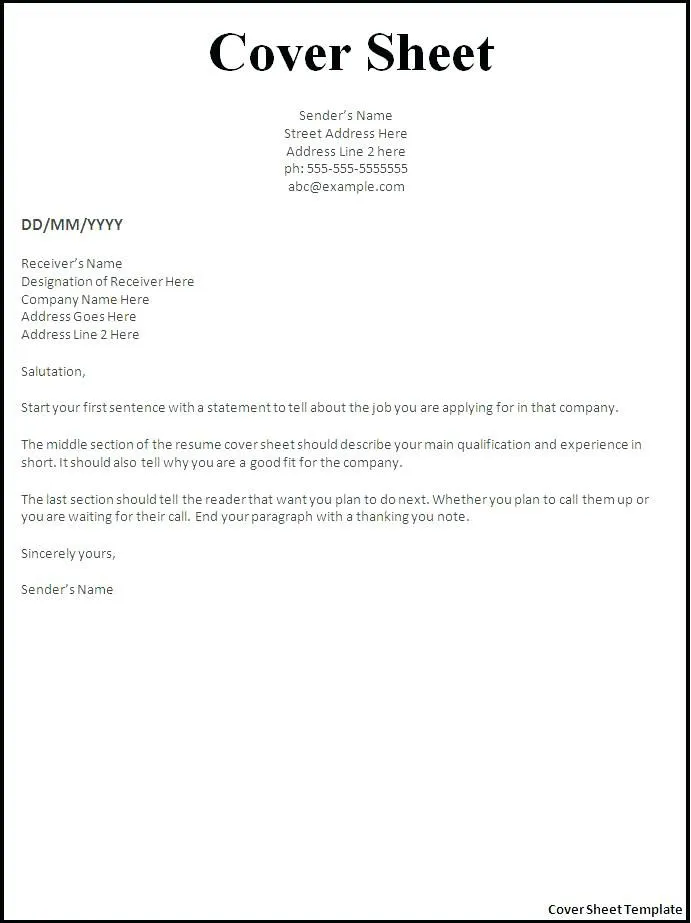
Start your cover letter with a professional header that includes your contact information. Follow this with the date and the employer’s contact information. Address the hiring manager or the person specified in the job posting. If you can’t find a specific name, use a professional salutation like ‘Dear Hiring Manager’. A well-formatted header and appropriate salutation set a professional tone from the start, demonstrating your attention to detail. Always double-check the spelling of the recipient’s name to avoid any errors that might reflect poorly on your application, and make a good first impression by addressing the recipient.
Body Paragraphs
The body of your cover letter should include a compelling introduction, a few paragraphs that highlight your relevant skills and experiences, and a strong closing. In your introduction, state the position you’re applying for and briefly explain why you’re interested in the role. In the main body, provide specific examples of your accomplishments and how they align with the job requirements. Use action verbs and quantify your achievements whenever possible. Tailor the content to the specific job description, emphasizing the skills and experiences that the employer is seeking, and be sure to highlight what differentiates you from others.
Call to Action
Conclude your cover letter with a clear call to action. Express your interest in an interview and thank the employer for their time and consideration. Reiterate your enthusiasm for the position and make it clear that you’re eager to learn more. Include a line expressing your eagerness for the next step in the hiring process, and make sure to make a strong closing statement. This section shows your eagerness and gives the employer clear direction on the next steps, such as setting up an interview. Close with a professional closing, such as ‘Sincerely’ or ‘Best regards’, followed by your name.
Formatting Your Cover Letter
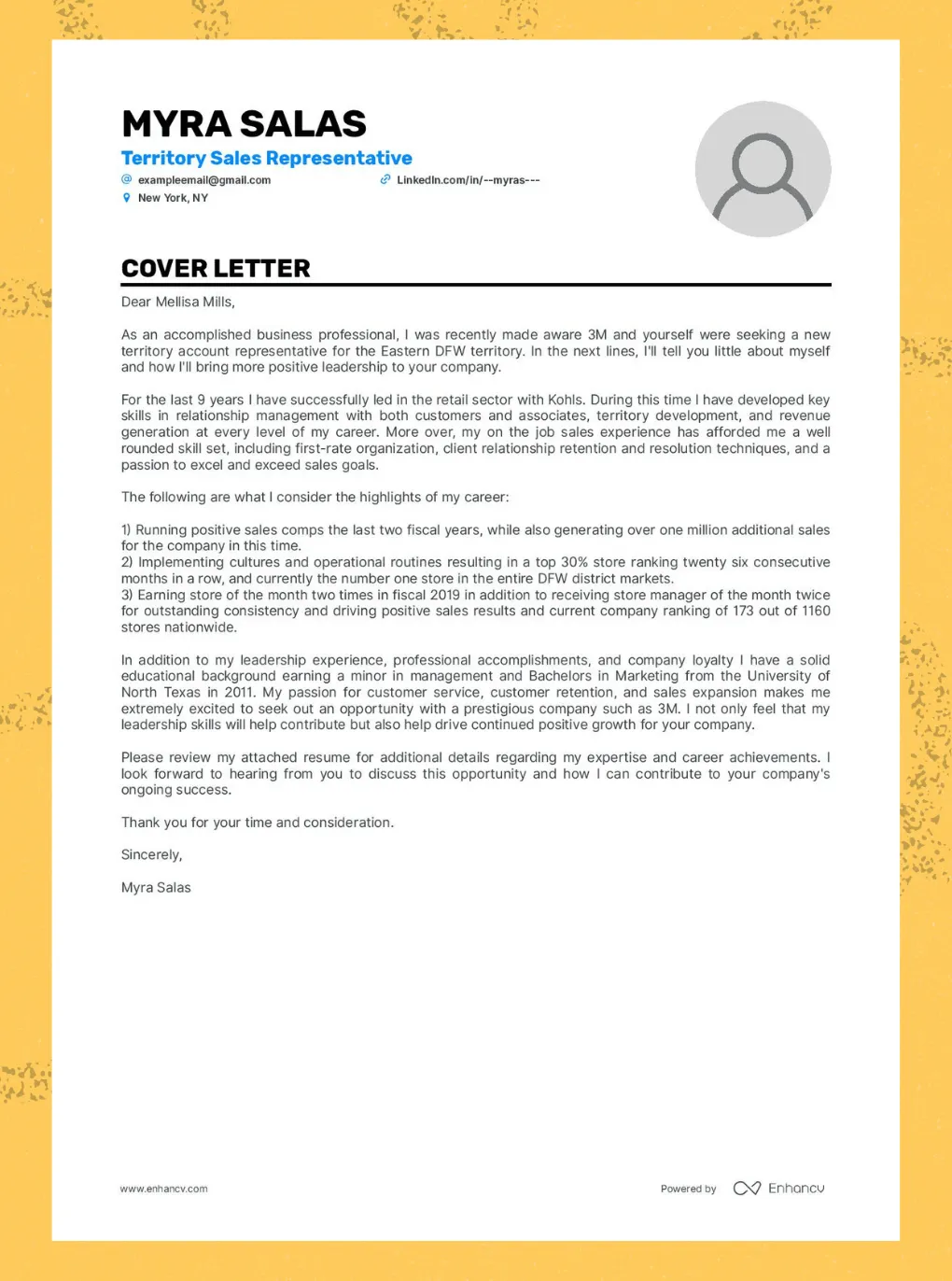
Format your cover letter to be easy to read and visually appealing. Use a professional font, such as Arial or Times New Roman, and keep the font size consistent. Use clear headings and paragraphs to break up the text and enhance readability. Ensure there is enough white space to avoid a cluttered appearance. Align the text to the left and use a single-spaced format. A well-formatted cover letter is polished and professional, reflecting your attention to detail and organizational skills. Consistent formatting enhances the reader’s experience and underscores the overall professionalism of your application, and it is easy on the eyes for the reviewer.
Proofreading and Editing
Thoroughly proofread and edit your resume and cover letter before submitting them. Check for any grammatical errors, spelling mistakes, or typos. Ensure that the formatting is consistent and that all the information is accurate. Ask a friend, family member, or career advisor to review your documents as well. A fresh pair of eyes can often catch errors that you might miss. Proofreading is an essential step in the job application process. Errors can damage your credibility and make a negative impression on potential employers, and by proofreading, you’ll prevent these mistakes.
Resume and Cover Letter Final Review
Before submitting your resume and cover letter, conduct a final review. Ensure that your documents are tailored to the specific job and that they effectively highlight your skills and experiences. Check for any inconsistencies or outdated information. Make sure your contact information is up-to-date and that your documents are in the correct format (e.g., PDF). Ensure that your documents align with the job requirements and that you are presenting the best version of yourself. Take the time to review your documents, as this can make the difference between getting an interview and not, and ensure that you’ve presented your best self.
